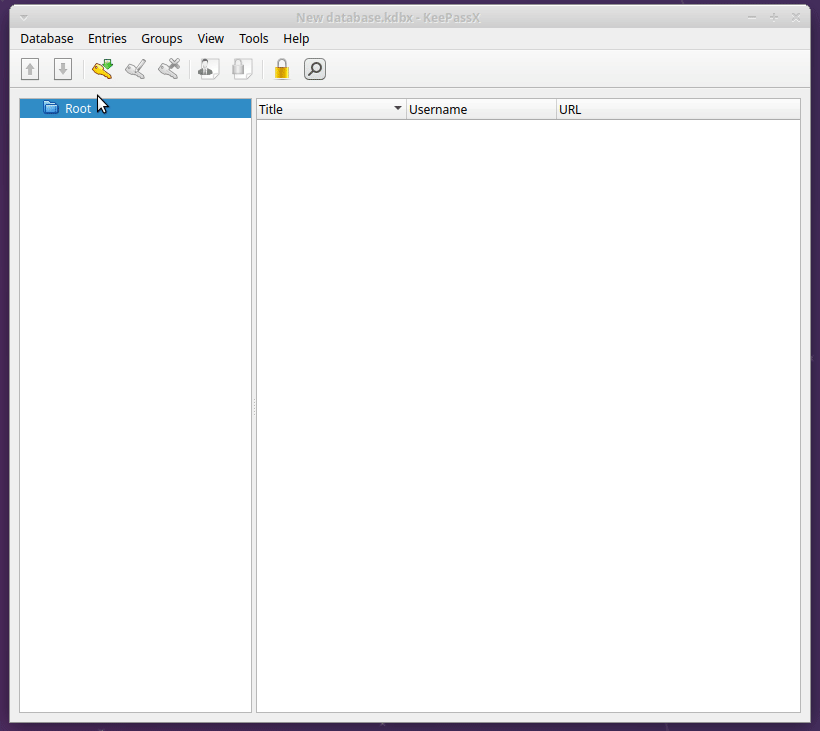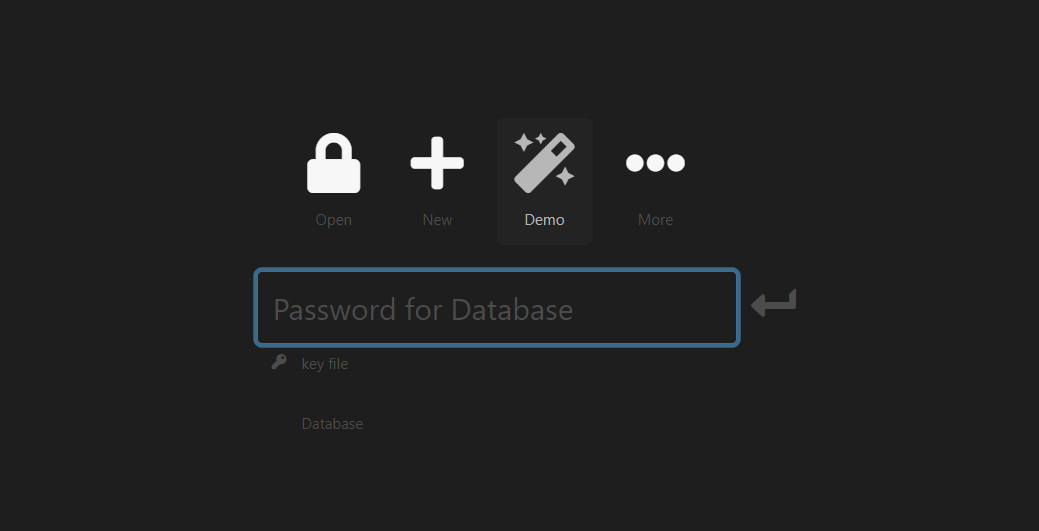

Therefore, KeePass is designed to store users’ data locally on their devices. As an open-source platform, KeePass does not have servers to store user data. When it comes to secure storage locations, it’s KeePass’ time to shine. Furthermore, LastPass can’t even access its users’ passwords since it is encrypted by users through JavaScript and the application. In layman’s terms, their encryption makes their data extremely secure and grants users’ safety during syncing. LastPass approaches their data security with 256-bit AES encryption in C++ and rounds of PBKDF2-SHA256 and JavaScript with one-way salted hashes. These encryption methods are available for both public and professional use, and users can decide which level of protection is right for them.
/cdn.vox-cdn.com/uploads/chorus_asset/file/22323028/Screen_Shot_2021_02_23_at_10.15.26_AM__1_.png)
They allow users to choose between two different security versions, with distinct encryption algorithms, by AES encryption (256-bit key) or Twofish encryption security (256-bit key + 128-bit blocks).

KeePass is an open-source password management tool that uses encryption methods to secure its database.
How to choose a password management tool. LastPass and discover which product offers the best functionalities for your data password protection. However, these solutions approach security features with different methods. KeePass and LastPass are two popular password managers that provide many key beneficial features for their users. Luckily, password management tools can help you with your password security needs. So how can you create strong passwords to secure your privacy while keeping track of each one? Online services that use passwords like bank accounts, social media, and email can be hacked and are far more susceptible to attacks if they have weak passwords. We’re all human, and when so many different sites and applications require us to create passwords, it’s easy for us to get sloppy and use old passwords, easy-to-remember passwords, generic passwords – weak passwords.īut when you don’t take your passwords seriously, you’re not taking your security seriously. Let’s face it, there are only so many variations of your childhood pet’s name followed by “123” that you can use as your password.



/cdn.vox-cdn.com/uploads/chorus_asset/file/22323028/Screen_Shot_2021_02_23_at_10.15.26_AM__1_.png)



 0 kommentar(er)
0 kommentar(er)
